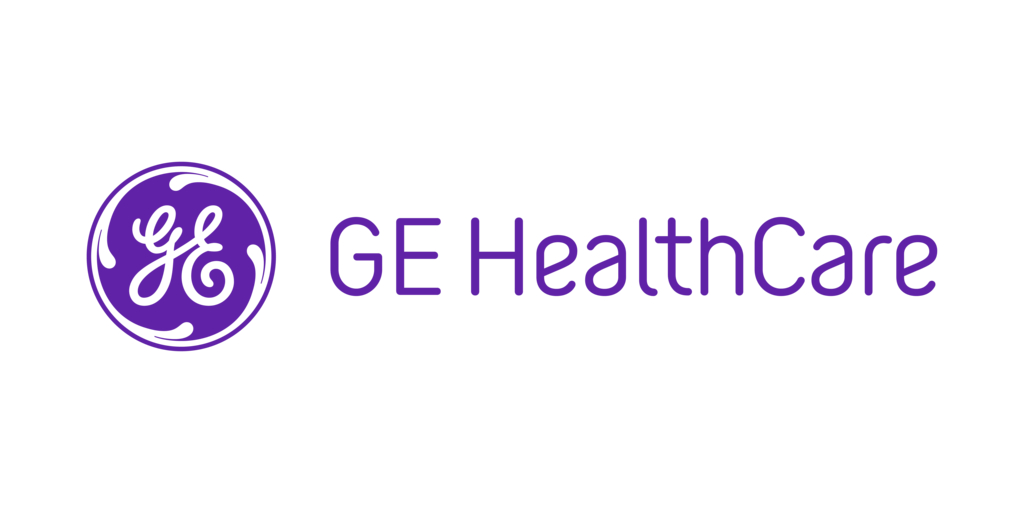- Published in the Journal of Clinical Anesthesia, results from the two-phase, 250 patient pilot study show clinicians found a majority (82%) of the alarms from the wireless and wearable Portrait Mobile monitoring solution to be informative or useful to optimize patient care in medical-surgical units.1
- Study findings suggest that continuous monitoring helps provide critical information to clinicians, enabling them to intervene effectively before a patient deteriorates.
- Undetected patient deterioration, particularly post-surgery, can lead to hazardous yet preventable consequences, with 30-day mortality after surgery representing the third leading cause of death globally.2
CHICAGO--(BUSINESS WIRE)--GE HealthCare (Nasdaq: GEHC) today announced the publication of data from a two-phase pilot study conducted with Cleveland Clinic in the peer-reviewed Journal of Clinical Anesthesia, highlighting performance of the wireless and wearable Portrait™ Mobile monitoring solution in the post-surgical ward environment.
With published alarm rates from critical care and cardiac telemetry units that number in the hundreds per bed per day, healthcare systems may be concerned with alarm management in lower acuity settings.3,4 The results from this study highlight the potential of the wireless and wearable Portrait Mobile monitoring solution to provide meaningful alarms for clinicians and help encourage clinical intervention while minimizing alarm fatigue.1
The COSMOS (Continuous Ward Monitoring with the GE HealthCare Portrait Mobile Monitoring Solution) pilot study compares continuous monitoring with Portrait Mobile to routine intermittent vital signs assessment only. Key findings include:
- In the Portrait Mobile group, there was an average of less than three alarms per patient per day.
- Clinicians found a majority (82%) of the Portrait Mobile alarms to be informative or useful.
- Portrait Mobile alarms informed clinical decisions, and the most common nursing intervention was the initiation of oxygen therapy or increase in the concentration of oxygen administered to a patient. Clinicians were prompted to supplement oxygen in about 60% more patients assigned to the Portrait Mobile group compared to patients with intermittent monitoring only (49 vs. 33, respectively).
- In the Portrait Mobile group, continuous monitoring and alerts led to clinical interventions that reduced vital sign abnormalities by approximately 25%.
“Vital signs are typically checked every 4-6 hours after surgery. Consequently, there can be a delay between onset of problems and when they are recognized by physicians and nurses,” shares Principal Investigator Daniel I. Sessler, MD, formerly with Cleveland Clinic and now Professor and Vice President for Clinical and Outcomes Research at UTHealth Houston.* “Results of our COSMOS study indicate that continuous vital sign monitoring provides useful information to clinicians without burdening nurses.”
The results from the COSMOS Phase 2 pilot were recently presented during the American Society of Anesthesiologists 2024 Annual Meeting in Philadelphia. The Phase 2 pilot enrolled 150 post-surgical patients who were randomized to routine vital signs assessment, or continuous monitoring of respiratory rate, oxygen saturation and pulse rate with Portrait Mobile. In the Portrait Mobile group, investigators alerted clinicians when vital sign values exceeded the designated thresholds based on continuous monitoring. In both groups, clinicians maintained routine care of vital signs measurement at 4-hour intervals. The study demonstrated that real-time alerts from Portrait Mobile reduces the duration and severity of vital sign abnormalities. Following the COSMOS pilot completion, a full clinical trial is currently underway (NCT06133140).
Continuous vital sign monitoring can help alert healthcare providers to a patient’s decline as it is happening, enabling timely intervention before a patient deteriorates. A majority of respondents (74%) of GE HealthCare’s The State of Flexible Healthcare Delivery survey say that expanding the use of continuous monitoring technologies within healthcare systems would help identify deterioration earlier.
“As healthcare systems grapple with workforce shortages and complex patient management, it is essential that providers be supported by technology to work efficiently and effectively. In the ward environment where bedside clinicians are responsible for multiple patients simultaneously, care should be focused on the patients who need it most, and this requires ongoing surveillance and communication,” said John Beard, MD, Chief Medical Officer of Patient Care Solutions, GE HealthCare.
“Continuous physiologic monitoring solutions can meet the challenge to alert care teams for changes in patient status but must be properly configured to optimize actionable alarms and clinical value. These research findings demonstrate that Portrait Mobile can meet the needs of patients and clinicians and provide critical information to support clinical decision making without causing undue burden.”
Portrait Mobile is part of GE HealthCare’s FlexAcuity monitoring solutions that are engineered to adapt to rapidly changing patient needs. GE HealthCare’s technology has been recognized globally for its design, receiving the iF Design Gold Award for Product Design in 2022 for Portrait Mobile and an iF Design Award in 2023 for CARESCAPE Canvas.
For more information on Portrait Mobile and GE HealthCare’s family of Portrait monitoring solutions, please visit: https://www.gehealthcare.com/products/patient-monitoring/portrait-mobile
*The COSMOS study was funded by GE HealthCare. The views expressed are solely those of Dr. Daniel Sessler, do not reflect the opinions or beliefs of UTHealth Houston and are based on his own opinions and on results that were achieved in the trial. Since there is no “typical” hospital/clinical setting and many variables exist, i.e. hospital size, case mix, staff expertise, etc. there can be no guarantee that others will achieve the same results.
About GE HealthCare Technologies Inc.
GE HealthCare is a leading global medical technology, pharmaceutical diagnostics, and digital solutions innovator, dedicated to providing integrated solutions, services, and data analytics to make hospitals more efficient, clinicians more effective, therapies more precise, and patients healthier and happier. Serving patients and providers for more than 125 years, GE HealthCare is advancing personalized, connected, and compassionate care, while simplifying the patient’s journey across the care pathway. Together our Imaging, Advanced Visualization Solutions, Patient Care Solutions, and Pharmaceutical Diagnostics businesses help improve patient care from diagnosis, to therapy, to monitoring. We are a $19.6 billion business with approximately 51,000 colleagues working to create a world where healthcare has no limits.
Follow us on LinkedIn, X, Facebook, Instagram, and Insights for the latest news, or visit our website https://www.gehealthcare.com for more information.
1 Anusic N, et al. Continuous vital sign monitoring on surgical wards: The COSMOS pilot. J Clin Anesth. 2024 Nov 11;99:111661. doi: 10.1016/j.jclinane.2024.111661. Epub ahead of print. PMID: 39531997.
2 Nepogodiev D, et al. National Institute for Health Research Global Health Research Unit on Global Surgery. Global burden of postoperative death. Lancet. 2019;393(10170):401.
3 Gross B, Dahl D, Nielsen L. Biomed Instrum Technol. Physiologic monitoring alarm load on medical/surgical floors of a community hospital. Spring. 2011;Suppl:29-36. doi: 10.2345/0899-8205-45.s1.29. PMID: 21599479.
4 Physician-Patient Alliance for Health & Safety. ‘Alarm fatigue’ a top-of-mind concern for U.S. hospitals, finds national survey presented at Society for Technology in Anesthesia Annual Meeting. Published January 2014. Accessed October 6, 2023. https://ppahs.org/2014/01/alarm-fatigue-a-top-of-mind-concern-for-u-s-hospitals-finds-national-survey-presented-at-society-for-technology-in-anesthesia-annual-meeting/
Contacts
GE HealthCare Media:
Jennifer Purdue
M +1 267 593 9735
jennifer.purdue@gehealthcare.com






